PsychNewsDaily Publishers
100 Summit Drive
Burlington, MA, 01803
Telephone: (320) 349-2484
PsychNewsDaily Publishers
100 Summit Drive
Burlington, MA, 01803
Telephone: (320) 349-2484
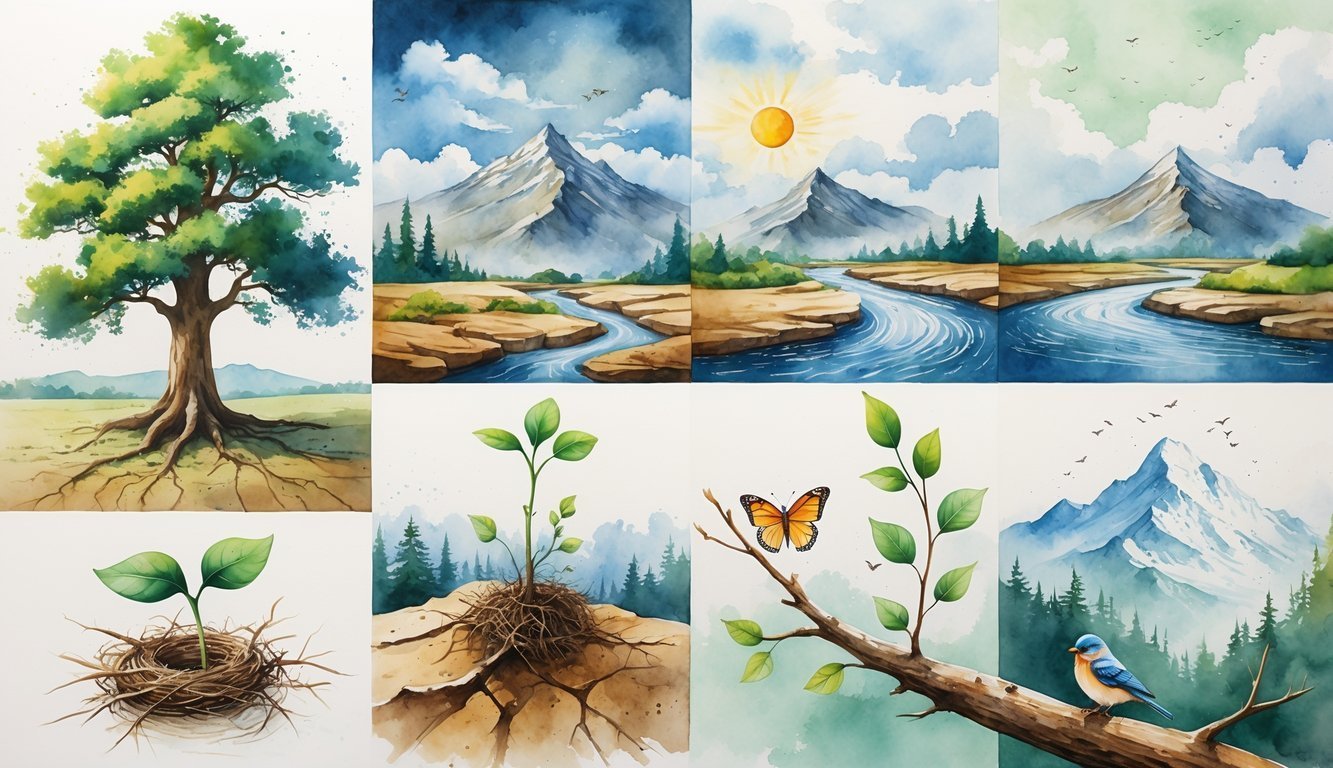
Life throws challenges at us, sometimes more than we’d like. But if you pay attention, nature quietly models how to get through rough patches with steady strength and a knack for change.
You can pick up a lot just by watching how plants and animals adapt. They keep going, even when things get tough.
Nature hands out simple but powerful lessons about resilience. If you start noticing the natural world, you’ll spot all kinds of ways to bounce back and keep moving—no matter what life decides to throw at you.
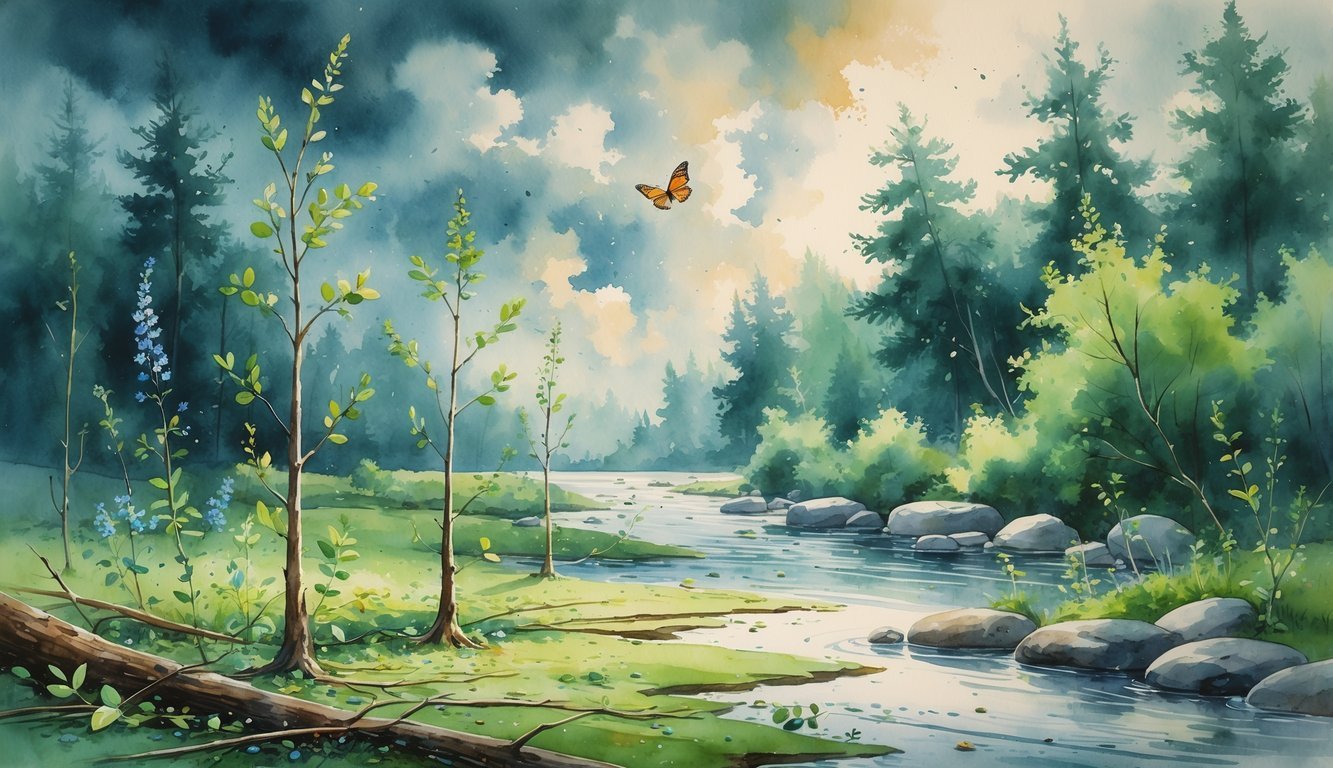
If you look at nature, you’ll see it go through some rough seasons—winter, drought, you name it. But after those hard times, new life shows up.
Setbacks really are part of the cycle. Plants bloom after storms, and you can grow stronger after your own challenges.
This idea can help you stay patient and even a little hopeful during your tough stretches. Growth usually waits on the other side of difficulties.
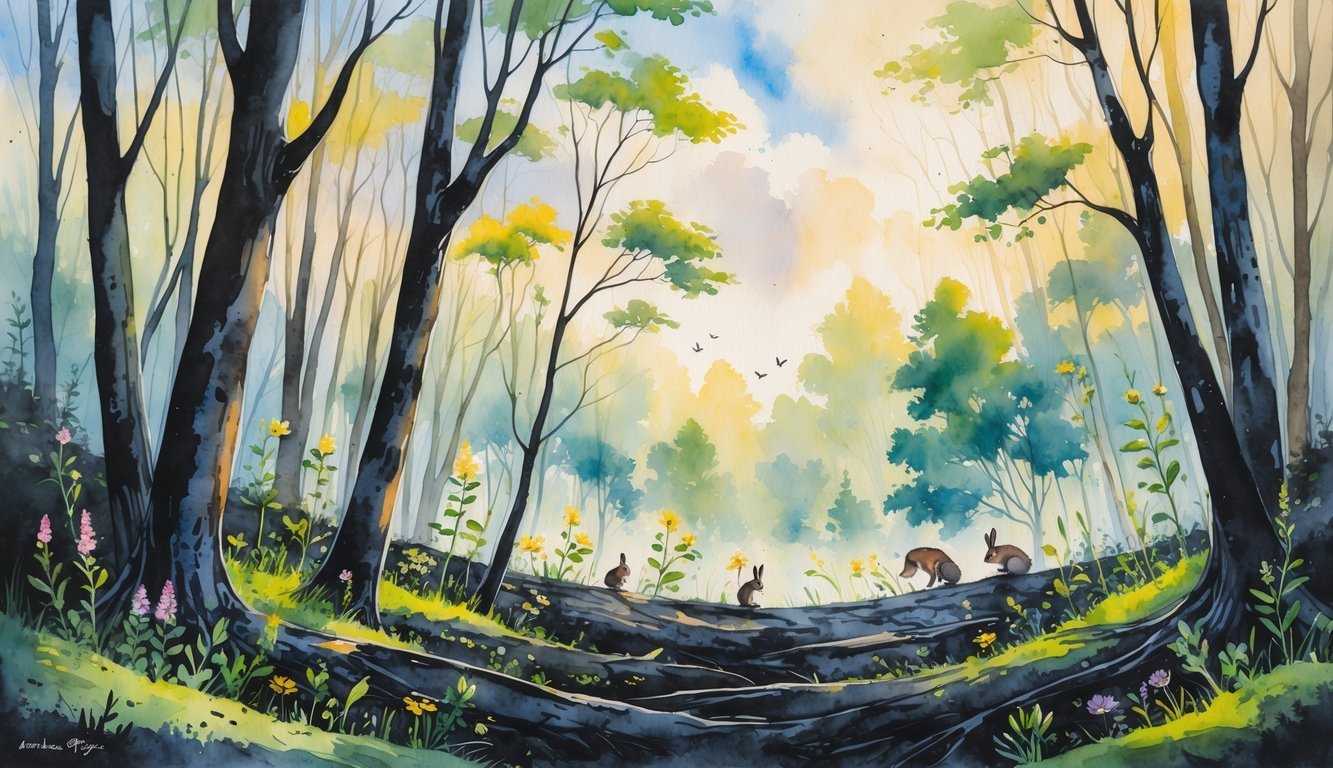
At first glance, wildfires seem like they just destroy everything. But actually, they help nature hit the reset button.
Fires clear out old plants and make space for new growth. Afterward, plants and animals return—sometimes even stronger than before.
Some seeds need the heat from a fire to sprout at all. Nature really finds a way to bounce back.
You can see how fire, as harsh as it is, keeps things healthy. It’s a good reminder that growth can follow even the hardest times.
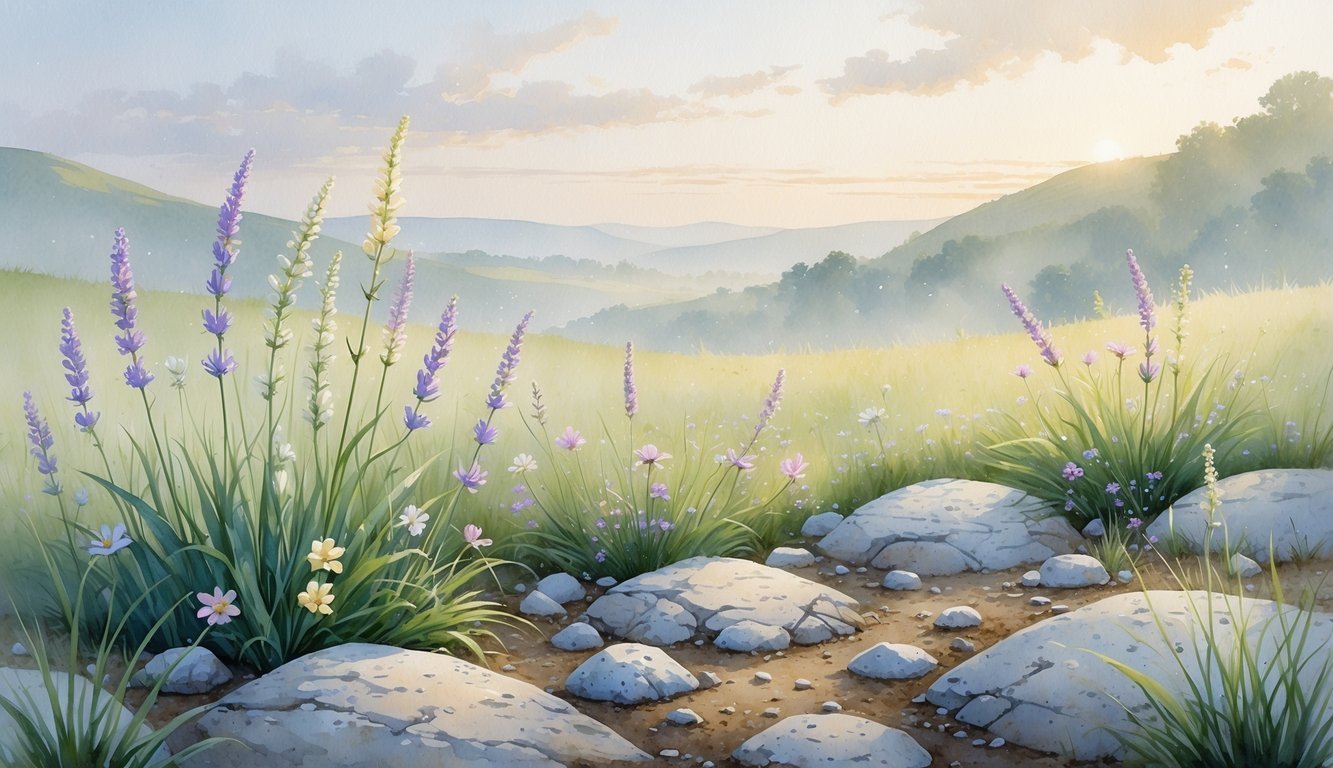
Wildflowers don’t rush. They push through the dirt at their own pace, not all at once.
If life feels overwhelming, think about how wildflowers keep growing even when things aren’t easy. Their slow progress proves that small steps matter.
Patience lets you face challenges without quitting. Your growth might be slow, but it’s real—just like those flowers.
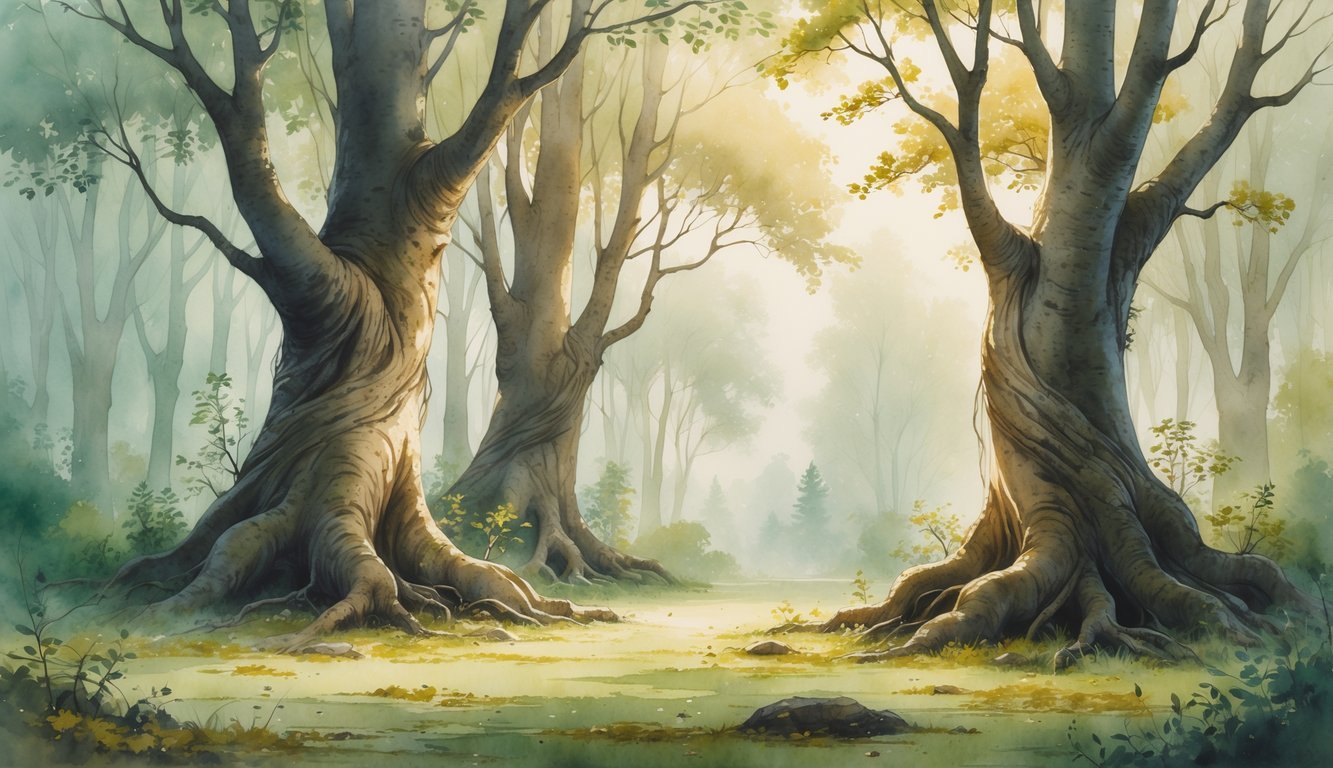
Ancient trees have stood for centuries, sometimes even thousands of years. They’ve survived storms, drought, and all sorts of changes.
Their endurance shows what true resilience looks like. If you watch them, you’ll see how living things adapt and keep going, no matter what.
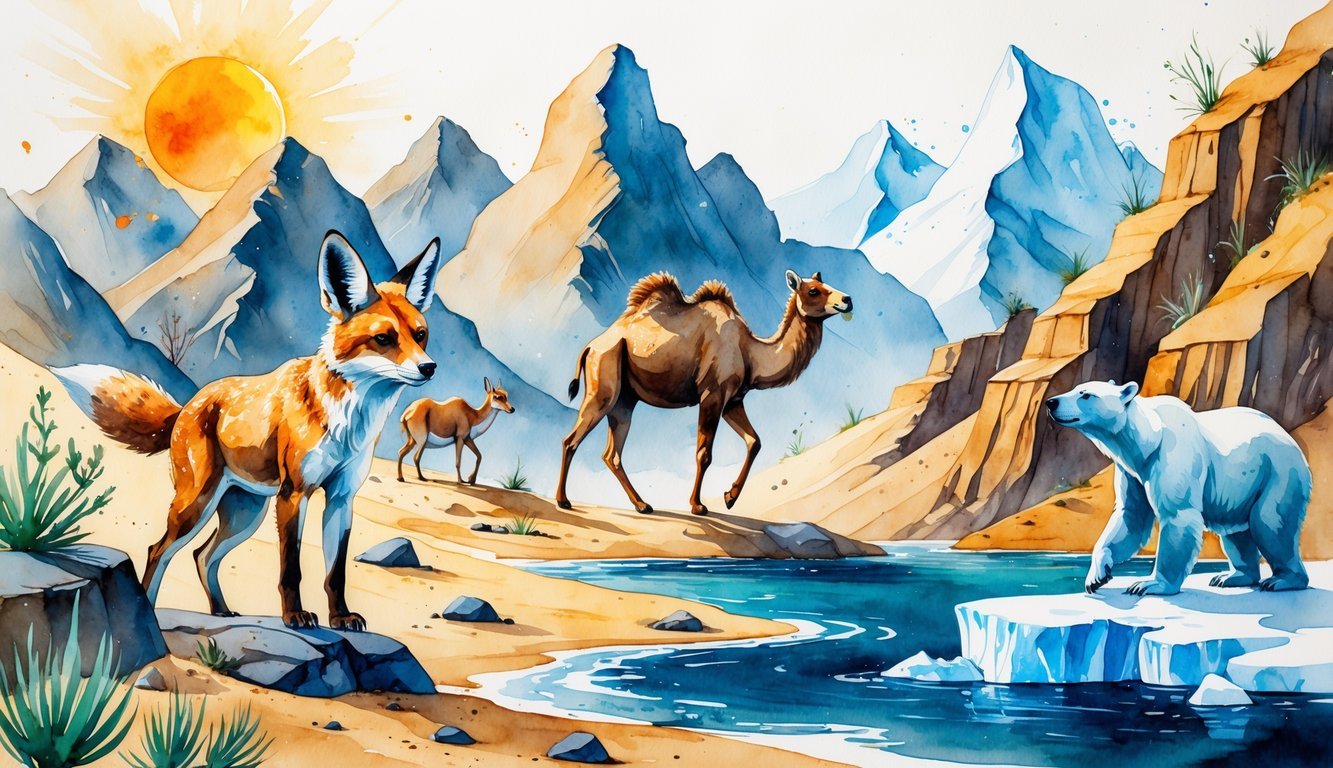
Animals living in tough places don’t just survive—they get creative. They change how they act, what they eat, and sometimes even how they look.
Flexibility is key when things get rough. When conditions change, these animals adjust instead of giving up.
Watching them, you can’t help but remember: adapting is how you get through the hard stuff.
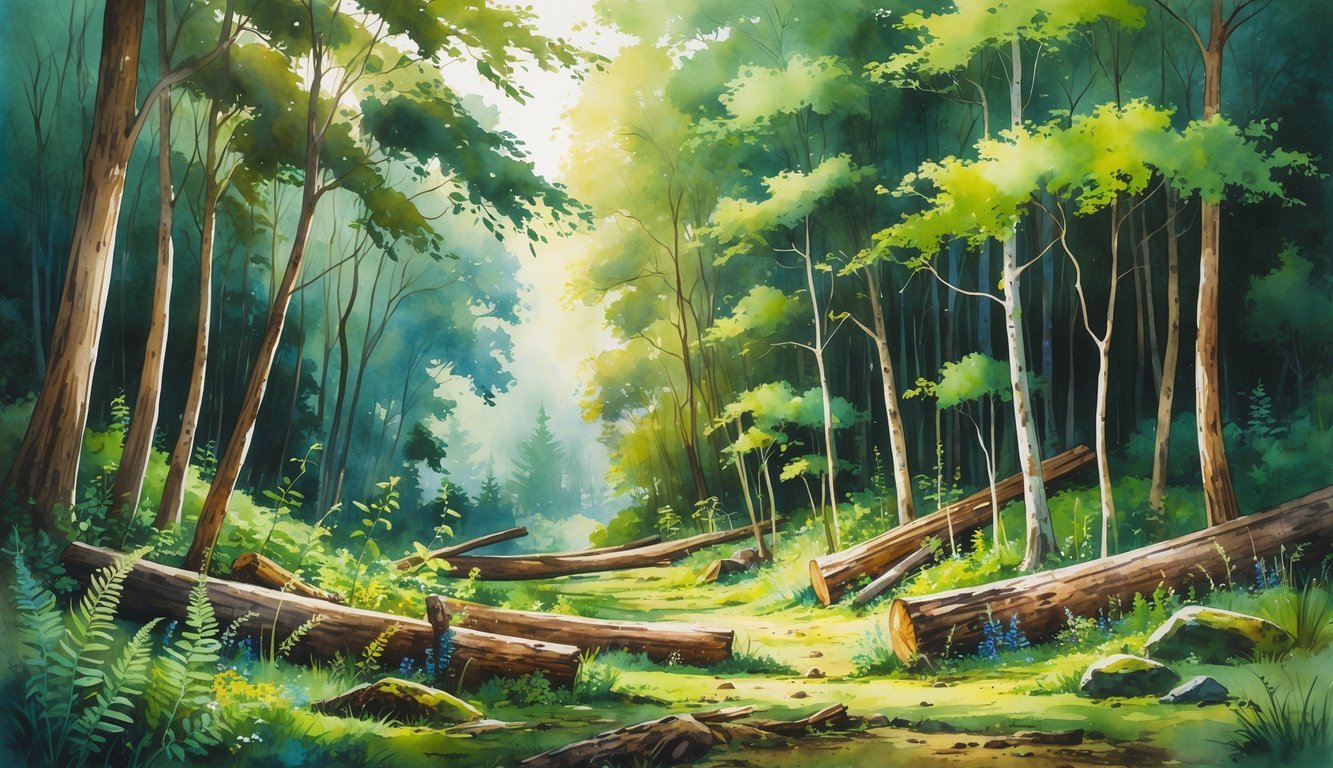
When a forest takes a hit, all its parts jump in to help with the healing. Trees, plants, animals—even the soil—seem to pitch in and support each other.
Honestly, it’s wild how teamwork just happens in nature. Every piece steps up and helps make the forest strong again.
You can really see how strength grows when different parts have each other’s backs. Makes you wonder if we could lean on each other like that, too.